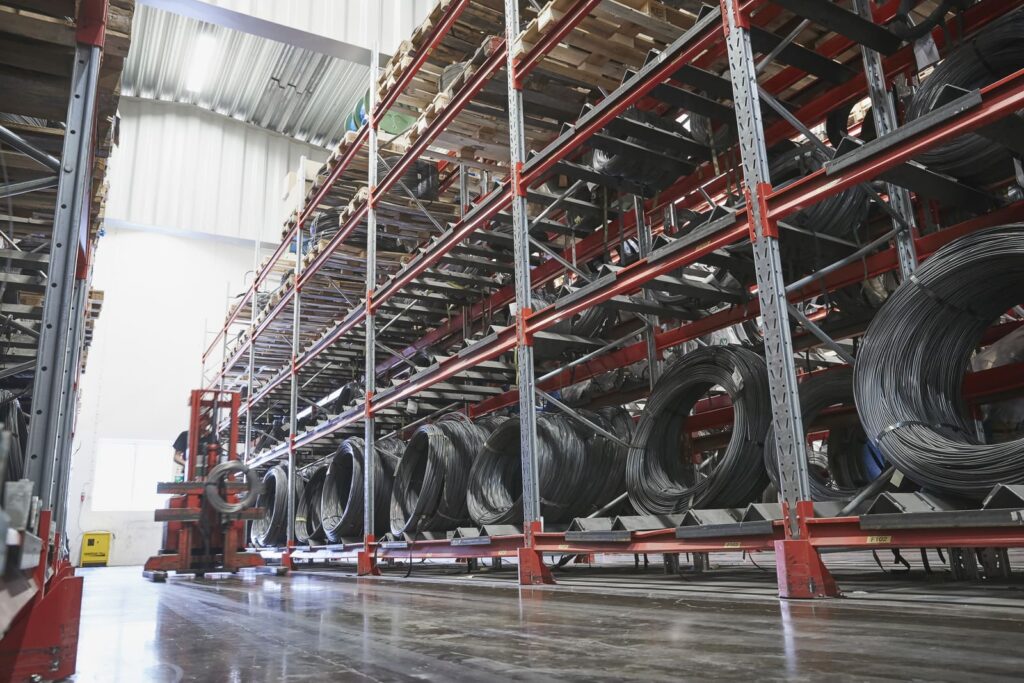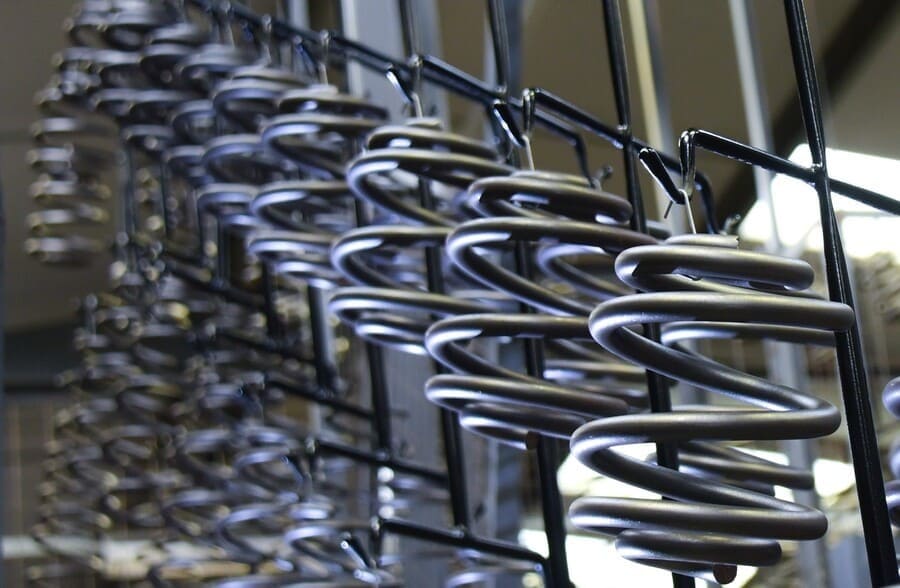Please complete the form below, and one of our experts will be in touch.
If you would like to send a technical drawing with your enquiry, please email heavysprings@lesjoforsab.com

Suspension springs come in a variety of shapes and sizes and the material they're manufactured from can define their application.


We don’t make these but it’s interesting to look at these composite materials which are also known as carbon fibre and fibreglass. These type of springs are made by weaving materials into a strong, lightweight structure making it ideal for high performance vehicles saving up to 70% weight compared to the common steel springs. The benefits of using composite suspension springs is their resistance to corrosion and fatigue which increases the life expectancy of the overall performance of the suspension system.
We specialise in metal suspension springs and everything you need to know about suspension springs, we can deal with.
A suspension spring provides precision driving and comfort, delivering load capability that supports added weight without disproportionate slack. The suspension coil spring stores the force in the spring’s deflection, preventing the impact of the surface on the quality of the drive.
To deliver the ride that the car manufacturer wants you to have and for road safety, it is highly advisable to get broken suspension springs replaced.
Depending on the suspension spring design requirements, material choice and processing - it all varies. Watch our video and you can see the full manufacturing process.
Yes. They are an integral part of the ride delivery and performance of the vehicle. Spring design, spring material and spring settings impact ride quality and performance efficiencies.
Harsh environments, whether it be continual impact damage from potholes in the road or the rough road or track the vehicle is driving on. We focus our manufacture on accuracy, quality design and materials which add value and longevity to our suspension spring products.
We are world-leading heavy duty spring manufacturers, delivering the greatest expertise in compression, torsion and tension spring manufacturing.
Delivering impact to every industry, we guarantee spring solutions that will optimise your performance and success.

